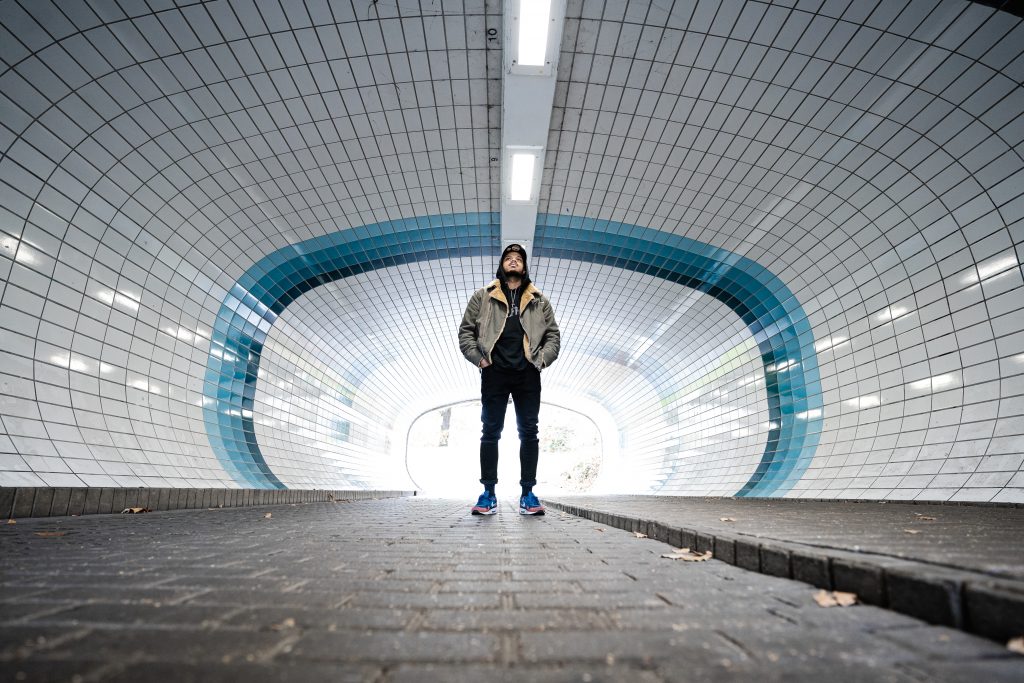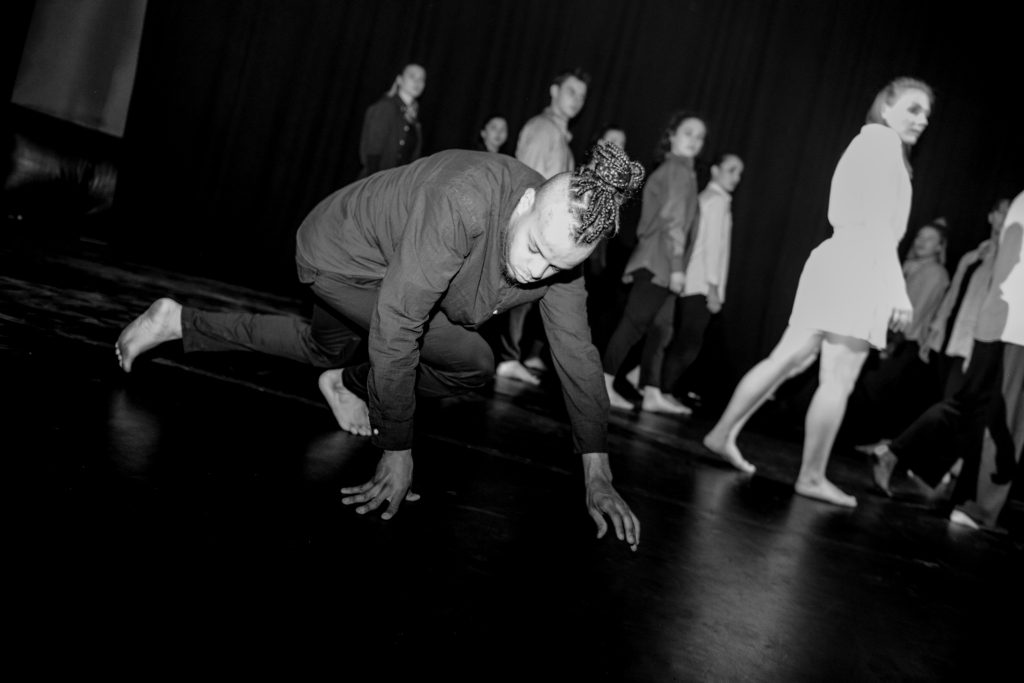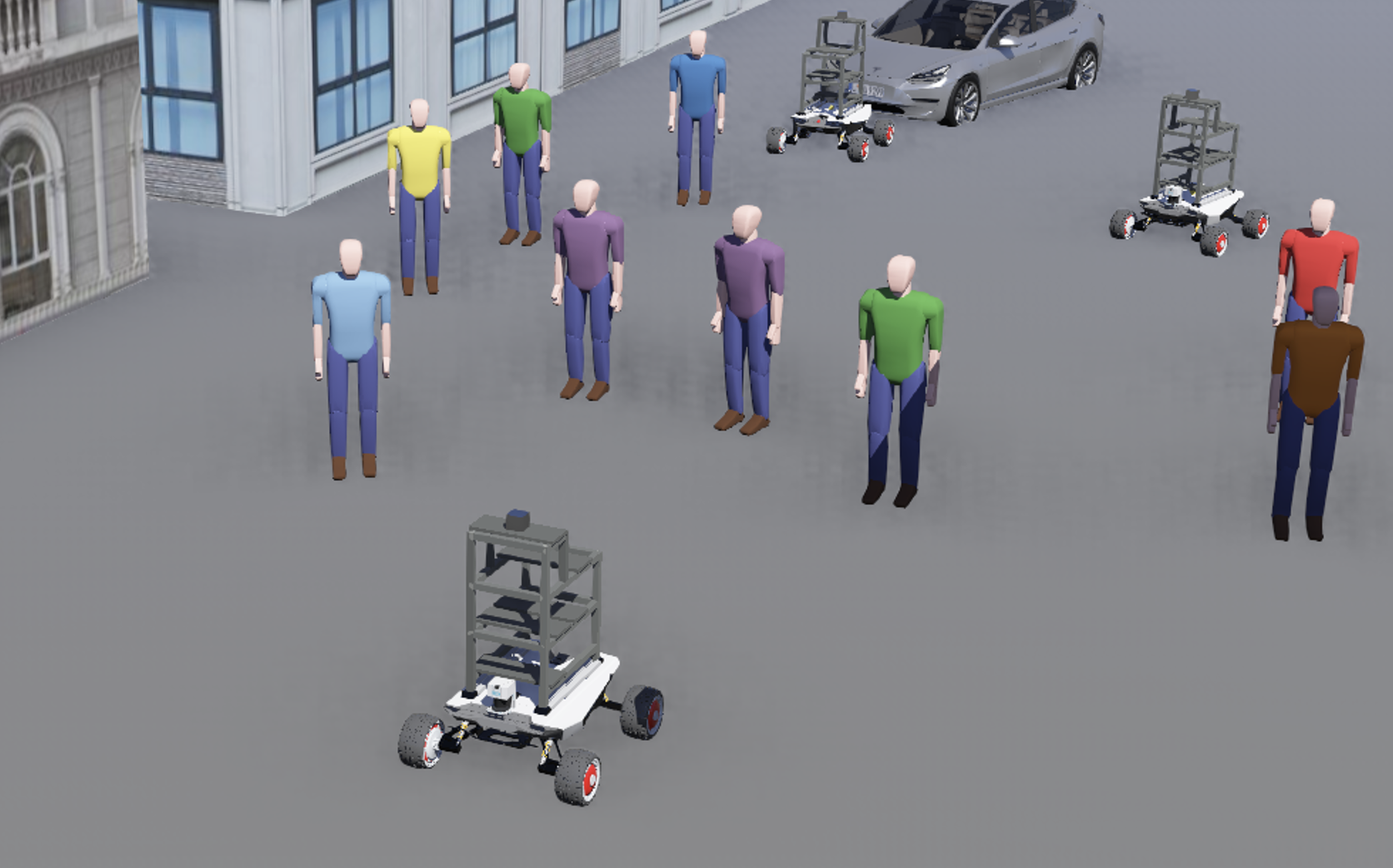

- #INTERFACE CHOREOGRAPH WEBOTS INSTALL#
- #INTERFACE CHOREOGRAPH WEBOTS SOFTWARE#
- #INTERFACE CHOREOGRAPH WEBOTS CODE#
The Supervisor knows the exact position of all the entities of the world andĬan manipulate them. Supervisor: The Supervisor is an entity which has access to all otherĮntities of the world, while having no physical presence in it. For example, the world contains the Supervisor and RobotĮntities as well as other objects which might be included in the scene.

The World is the root entity which contains all theĮntities/nodes. World: Webots uses a tree structure to represent the different entities in How it worksįirst of all let's set up a simple glossary: You can find the official tutorials for deepbotsĬan find examples of deepbots being used.
#INTERFACE CHOREOGRAPH WEBOTS INSTALL#
Install deepbotsĭeepbots can be installed through the package installer To implement the agent with and any agent that already works with gym. Using the OpenAI gym logic, so it can work with any backend library you choose You will probably also need a backend library to implement the neural networks,
#INTERFACE CHOREOGRAPH WEBOTS CODE#
Webots provides a basic code editor, but if you want to use.

To select the proper Python version for your system) Logic in order to be used by Webots applications.

The most used interface between the actual application and the RL algorithm.ĭeepbots is a framework which follows the OpenAI gym environment interface The OpenAI gym environment has been established as He is/was Technical Program Chair of 5 international conferences (BioADIT2004, SAB2004, AMAM2005, BioADIT2006, LATSIS2006), and has been a program committee member of over 25 conferences.Deepbots is a simple framework which is used as "middleware" between the freeĪnd open-source Cyberbotics' Webots robot simulatorĪnd Reinforcement Learning algorithms. With his colleagues, he has received the Best Paper Award at ICRA2002, and the Industrial Robot Highly Commended Award at CLAWAR2005. He is interested in using numerical simulations and robots to get a better understanding of the functioning of animals, and in using inspiration from biology to design novel types of robots and adaptive controllers. His research interests are at the intersection between computational neuroscience, optimization algorithms, nonlinear dynamical systems, and robotics. Before returning to the EPFL, he was a research assistant professor at USC, and an external collaborator at ATR (Advanced Telecommunications Research institute) in Japan. He carried out postdocs at the EPFL and at the University of Southern California (USC) in Los Angeles. He has a BSc/MSc in Physics from the EPFL, and a PhD in artificial intelligence from the University of Edinburgh.
#INTERFACE CHOREOGRAPH WEBOTS SOFTWARE#
He is currently working on a project co-funded by the Swiss Federal Office for Professional Education and Technology, (Technology Transfer CTI ) and Cyberbotics on the development of a physics based simulation software for mobile robots with multiple degrees of freedom.Īuke Jan Ijspeert Auke Ijspeert is a SNF (Swiss National Science Foundation) assistant professor at the EPFL (the Swiss Federal Institute of Technology at Lausanne), and head of the Biologically Inspired Robotics Group (BIRG). Since September 2003, he is also working as a scientific collaborator (20%) of Prof. Auke Jan Ijspeert at the Biologically Inspired Robotics Group (BIRG ) within the Logic Systems Lab (LSL ). In April 2003, he joined the EPFL as a scientific collaborator (40%) of Prof. In 1998, he founded Cyberbotics Ltd., a company developing Webots, a mobile robot simulation software. He carried out postdocs at LAMI and LSA (1996–2000) with Prof. in computer science from the University of Nice Sophia Antipolis (1996).


 0 kommentar(er)
0 kommentar(er)
